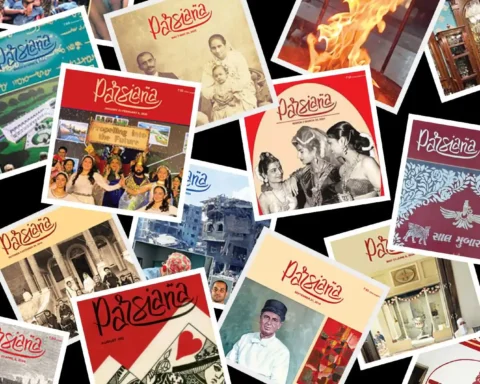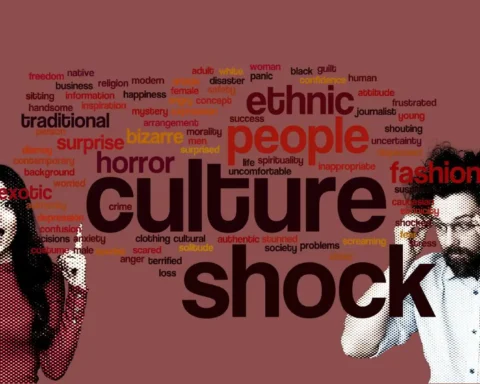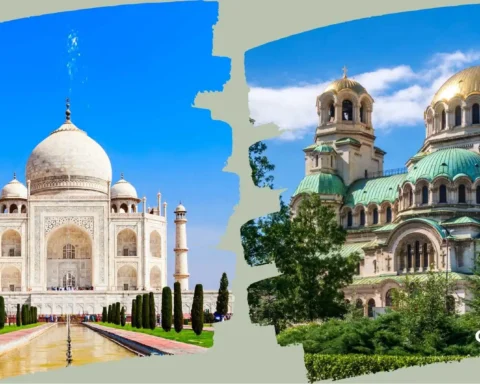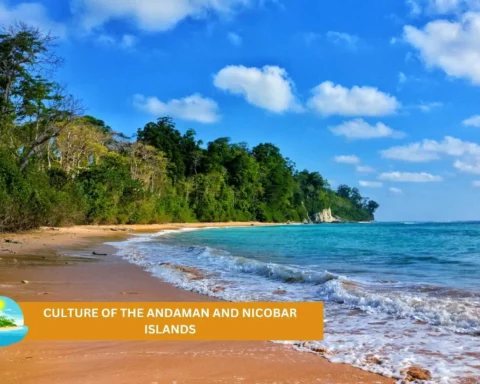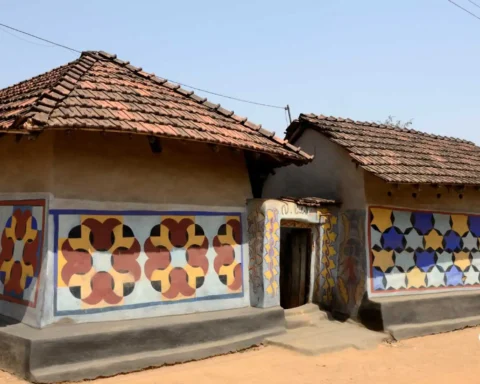Australian folklore has always had a way of holding on. Whether it’s passed around campfires, painted on cave walls, or shared online, the stories that connect people to land and memory continue to evolve. Today, they’re not just being remembered, but they’re being reimagined. Through films, podcasts, games, and art, these legends are reaching new audiences, and in doing so, they’re showing just how alive folklore still is.
For a generation that spends more time on mobile phones than around campfires, the way we connect with folklore is shifting. But the heart of these stories, especially those rooted in Aboriginal mythology, continues to beat strong. This blog discusses how Australian folklore in modern media has remained steadfast and how legendary stories of the past still shape pop culture.
Table of Contents
Aboriginal Mythology: The Foundation of Australian Folklore Stories
When discussing Australian mythology, we have to start with Aboriginal stories. These aren’t just spiritual tales but frameworks for understanding the Australian continent. Dreamtime stories, also known as Aboriginal creation stories, explain how rivers, mountains, and even Australian trees came into being. They form the basis of a cultural system that links the land with law, ethics, and ancestry.
One of the most well-known Dreamtime figures is the Rainbow Serpent- an enormous reptile whose movements carved rivers and shaped the land. This legendary creature is more than a myth; it reflects the deep relationship between Aboriginal peoples and their environment.
In South Australia, some schools use augmented reality apps to bring these Dreamtime stories into classrooms. Students explore these tales by listening and interacting with visuals, movement, and location-based triggers. Artists like Bronwyn Bancroft also bring Aboriginal myths to new audiences through animated storybooks and digital art, some even available on platforms like Kindle for Web.
Creatures of the Bush: Australian Mythology in the Wild
One of the most fascinating parts of Australian folklore is its mythical creatures. These beings blur the lines between imagination and fear, often shaped by the untamed character of the Australian wilderness. The Bunyip, for instance, is a mysterious, water-dwelling creature usually described as having a flat nose, glowing eyes, and a terrifying roar. Some accounts say it stands over six feet tall; others describe it as a shadowy, serpent-like form. Its vagueness only adds to its mystique.
Then there’s the Hawkesbury River Monster, who is said to lurk in New South Wales. Described as an elusive, possibly dinosaur-like beast, this creature has sparked debates, documentaries, and legends for generations. Nearby, locals still report sightings of the phantom cat, a mythical creature said to roam farmlands and forests, much like the Tasmanian tiger once did.
These tales aren’t limited to word-of-mouth anymore. Today, they’re being picked up in indie horror games, interactive museum exhibits, and digital comics. Each version adds something new while keeping the thrill of the unknown alive.

From Oral Traditions to Digital Storytelling
Traditionally, oral traditions like dance, song, and spoken word were the main ways Aboriginal stories were shared. They weren’t just performances but living archives of history, ethics, and environmental knowledge. Those same stories are being uploaded, remixed, and distributed in podcasts, YouTube channels, and Spotify playlists.
One standout project explores Dreamtime stories in Arnhem Land through podcast episodes featuring elders, music, and ambient soundscapes. Meanwhile, archives in South Australia are digitizing thousands of hours of oral history, mapping them across rivers like the Finke River and Narran River, helping people navigate Aboriginal Australia one story at a time.
These new forms allow audiences to engage as active listeners, not just passive consumers, ensuring that these stories pass from generation to generation.
Australian Folklore on the Big Screen
Cinema is a powerful bridge between tradition and modern media. Films like Ten Canoes, directed by Rolf de Heer, present Aboriginal stories using traditional language and narrative techniques. The film’s structure reflects how stories are shared in Indigenous communities, which are non-linear, layered, and deeply rooted in place.
Another example, The Nightingale by Jennifer Kent, isn’t based on folklore directly, but it uses it to symbolize trauma and resistance in the face of European settlement. These films push audiences to think differently about the story, the history, and how it’s told.
Across Australia, art galleries are also experimenting with storytelling. Some installations project Dreamtime visuals onto natural materials like bark or stone, while ambient sounds recreate the mood of ancestral memory. In this way, art becomes another way of navigating intangible culture and reimagining tradition through modern eyes.
Reading the Land Through Story
Perhaps the most interesting part of Aboriginal culture and Australian folklore is how closely it is tied to the land and place. In some communities, walking through the landscape is like flipping through pages of a cultural text. A rock, a hill, or a grove of fig trees holds meaning, stories about how the land was formed, who walked it, and what it teaches.
Guided walks in Aboriginal Australia often pause at key landmarks, where elders recount tales of how certain formations came to be. These moments turn physical geography into cultural memory. It’s not just about knowing the land- it’s about understanding the folklore and creating a relationship with it.
This approach is also gaining attention in conservation circles. Some ecological education programs now include storytelling workshops, recognizing that land and water can’t be protected without understanding their cultural significance.
Conclusion
What stands out across all of this is the resilience and adaptability of Australian folklore. Whether waiting for a film, exploring an interactive map, or hearing an elder speak, these Australian myths are still working. They teach us to connect and challenge us to look at the world in more than just material terms.
As these stories are passed from generation to generation, in schools, homes, and digital spaces, they shape how people think about who they are and where they belong. In a world where attention spans are short, and speed often wins, folklore reminds us to slow down and listen. The land may change. The tools may change. But the stories? They’re still here, and they still matter.

FAQs
What is Australia’s most mythical creature?
There are many mythical creatures associated with Australian folklore and myth. The most mythical creature can perhaps be the Bunyip, which is often described as an amphibian monster closely associated with water bodies.
What mythology is in Australia?
Australia’s mythology is deeply rooted in Aboriginal mythology, featuring Dreamtime stories that explain the creation of the land, animals, and cultural laws. It also includes legends of mythical creatures tied closely to the Australian landscape.
What is the Australian Dreamtime myth?
The Australian Dreamtime myth refers to the Aboriginal belief system that describes the world’s creation by ancestral beings. These stories explain how the land, animals, and people came to be and guide cultural laws, values, and connections to the land.





